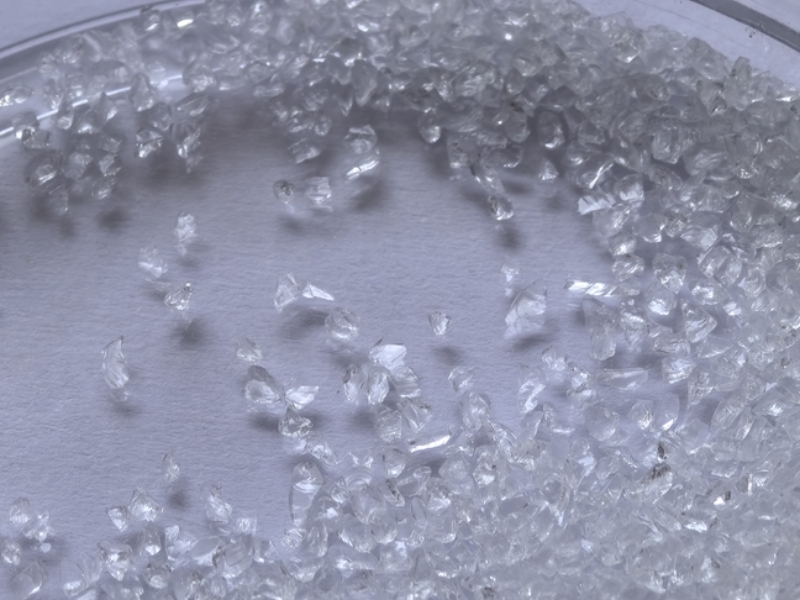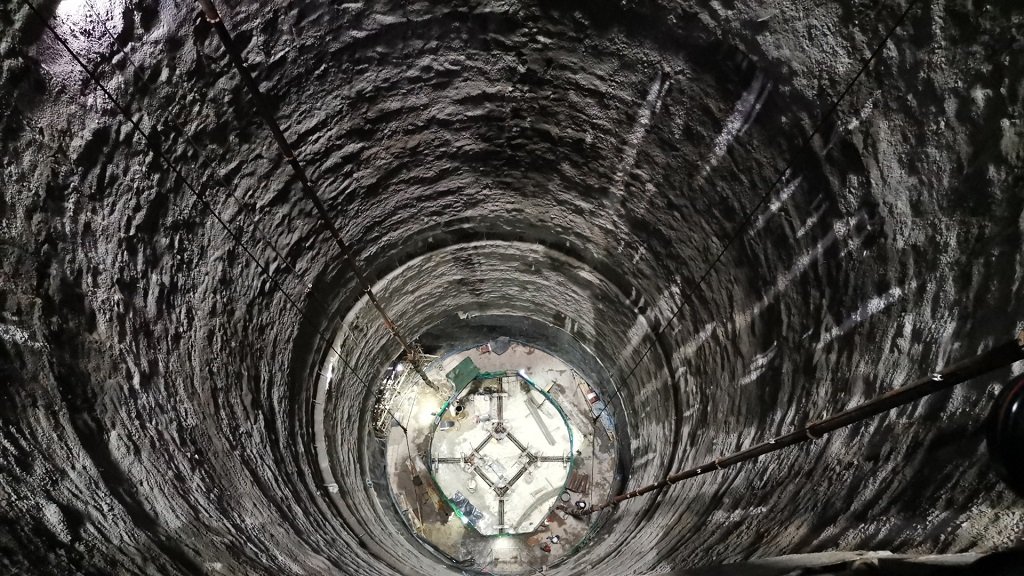Groundwater contamination poses a significant challenge to environmental health and water quality. As industries and agriculture expand, pollutants often seep into aquifers, jeopardizing drinking water supplies. One innovative solution gaining traction in groundwater remediation is the use of recycled glass media. This blog explores how recycled glass media is transforming the approach to cleaning contaminated groundwater.
Recycled glass media consists of crushed, processed glass that is repurposed for various applications, including filtration and remediation. Its unique properties make it an effective alternative to traditional filtration materials, offering both environmental benefits and enhanced performance.

High Adsorptive Capacity: Recycled glass media has a high surface area that enables it to adsorb contaminants effectively, including heavy metals and organic pollutants. This property makes it ideal for treating polluted groundwater.
Chemical Stability: Unlike some traditional filter media, recycled glass is chemically inert, preventing leaching of harmful substances back into the groundwater during the remediation process.
Eco-Friendly: By using recycled glass, this method contributes to waste reduction and supports recycling initiatives, aligning with sustainable practices in environmental management.
Lightweight and Versatile: Recycled glass media is lighter than conventional materials, making it easier to handle and transport. Its versatility allows it to be used in various remediation technologies, including permeable reactive barriers and filtration systems.
Permeable Reactive Barriers (PRBs): Recycled glass media can be installed as a reactive layer in PRBs, where it intercepts contaminated groundwater and facilitates chemical reactions that degrade pollutants.
In-Situ Treatment: This media can be injected into contaminated aquifers to adsorb and immobilize harmful substances directly in the groundwater, reducing the need for extensive excavation.
Filtration Systems: In combination with other treatment methods, recycled glass media serves as an efficient filter to remove particulates and contaminants from groundwater before it is restored to usable quality.

The use of recycled glass media in groundwater remediation represents a significant step forward in sustainable environmental practices. By effectively removing contaminants while promoting recycling, this innovative approach not only cleans our water resources but also supports a healthier planet. As we face increasing challenges related to groundwater pollution, integrating recycled materials like glass into remediation strategies will be crucial for ensuring safe drinking water for future generations.
Embracing such eco-friendly solutions is essential for advancing groundwater protection and promoting sustainable water management practices.